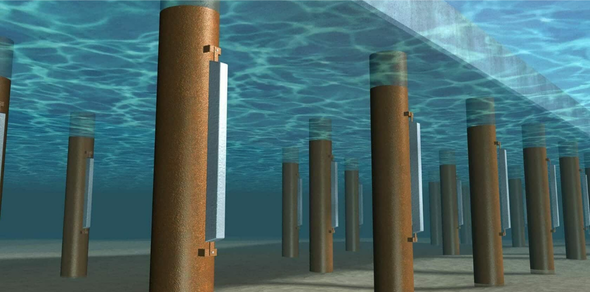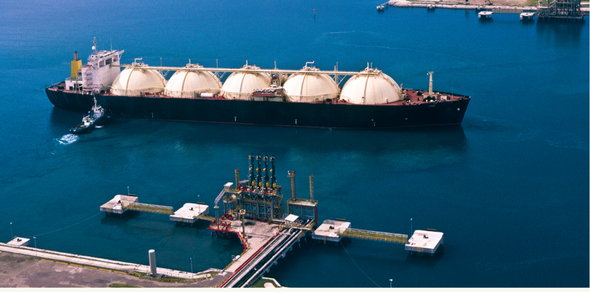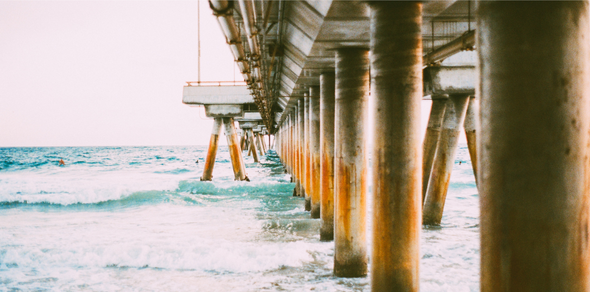Cathodic Protection of Pier and Platform Piles
Catodic Protection of Pier and Platform Piles
Cathodic protection of piers and platform piles is a method applied to ensure the long-lasting and corrosion-resistant nature of marine structures. Since these structures are exposed to highly corrosive environments such as saltwater, the risk of corrosion is high. Cathodic protection enhances the structural integrity and safety of these structures by protecting their metal surfaces.

Protection Methods
1. Galvanic Anode Cathodic Protection (GACP):
-
- Applications: Generally suitable for small and medium-sized structures. Galvanic anodes are directly connected to piers and platform piles to provide corrosion protection.
- Features: Simple installation, low maintenance requirements, long-lasting protection.

2. Impressed Current Cathodic Protection (ICCP):
-
- Applications: Preferred for larger and more complex structures. A direct current source (transformer rectifier) is used to apply current to the structure’s surface, which helps prevent corrosion.
- Features: High protection efficiency, suitable for large areas, adjustable protection levels.

Protection Process
- Anode Installation: Galvanic anodes or auxiliary anodes are placed at strategic points on piers and platform piles.
- Current Application: In impressed current systems, direct current is applied to the piles through a transformer rectifier. This current creates a cathodic potential on the pile surface to prevent corrosion.
- Monitoring and Maintenance: Continuous monitoring of the effectiveness of the cathodic protection system and regular maintenance is required. Measurement boxes and sensors help monitor system performance.

The cathodic protection of piers and platform piles provides durable and sustainable solutions by enhancing the resilience and safety of marine structures. These protection methods minimize costs and environmental impacts while preserving structural integrity.
